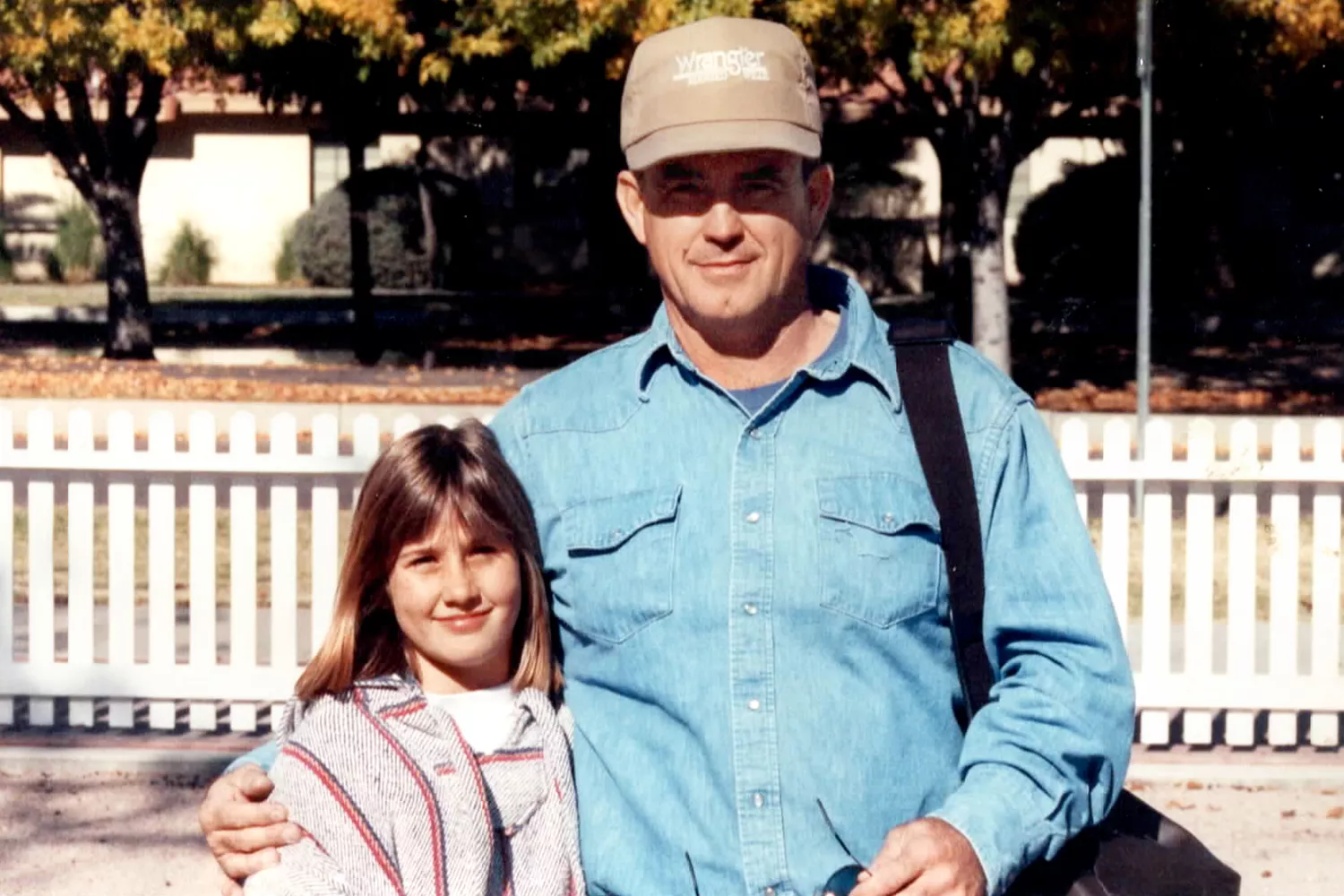On May 17, 2001, 17-year-old Alissa Turney left Paradise Valley High School early with her stepfather, Michael Turney, marking the last verified sighting of her. That evening, she failed to return home or contact friends. Police later found a handwritten note in her bedroom claiming she was leaving for California, but her phone, makeup, and $1,800 in savings remained untouched.
With no signs of struggle, investigators classified her as a runaway a decision that would define, and delay, the case for years.
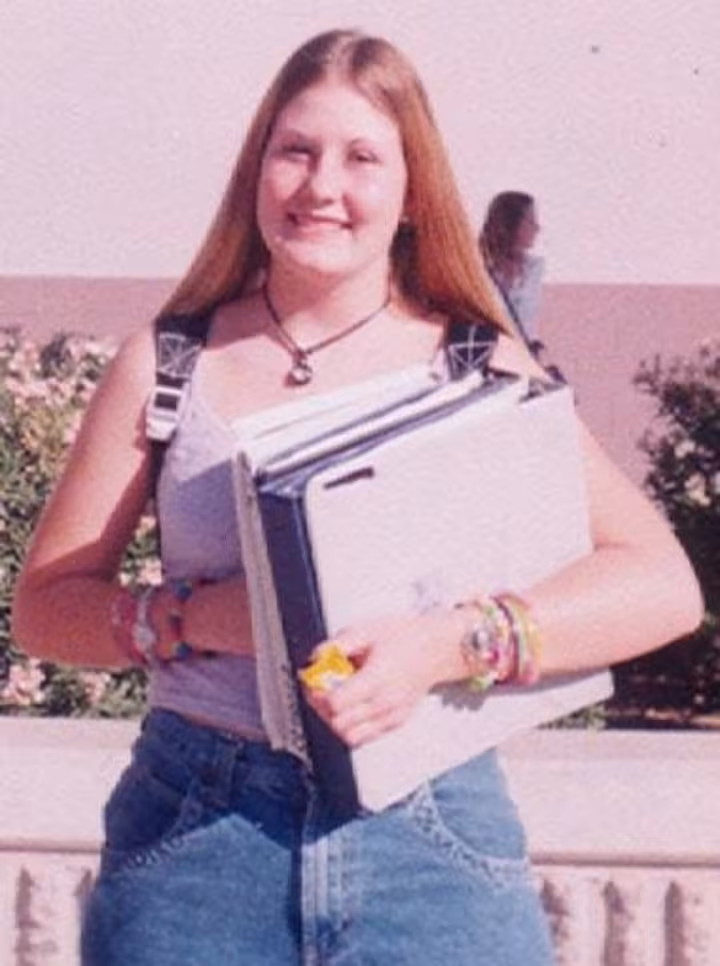
The Disappearance
On the morning of May 17, 2001, 17-year-old Alissa Turney finished her junior year at Paradise Valley High School in Phoenix, Arizona. She lived with her stepfather, Michael Turney, a former deputy sheriff and electrician, and her younger half-sister, Sarah.
That day, Michael signed Alissa out of school early to take her to lunch. According to his statement, they argued about her wanting more freedom. He told her, “As long as you’re under my roof, you check in with daddy.” When they returned home, he claimed Alissa stormed to her room, still angry.
Michael then left to run errands and pick up Sarah. When the two returned later that evening, Alissa was gone. Her normally tidy bedroom was in disarray. On her dresser, Michael found her cell phone, makeup, and a handwritten note:
“Dad and Sarah, when you dropped me off from school today, I decided I’m going to California. Sarah, you said you really wanted me gone now you have it. That’s why I saved my money. Dad, I took $300 from you. Alissa.”
Police classified her as a runaway, noting her history of minor rebellion and her dream of moving to California. No search was organized. Her bank account containing nearly $1,800 remained untouched. She never contacted friends, family, or her boyfriend again.
Michael told reporters he received a muffled payphone call a week later, claiming it was Alissa telling him to “leave her alone.” Authorities never verified the call. With no signs of foul play and no follow-up investigation, the case quietly went cold.
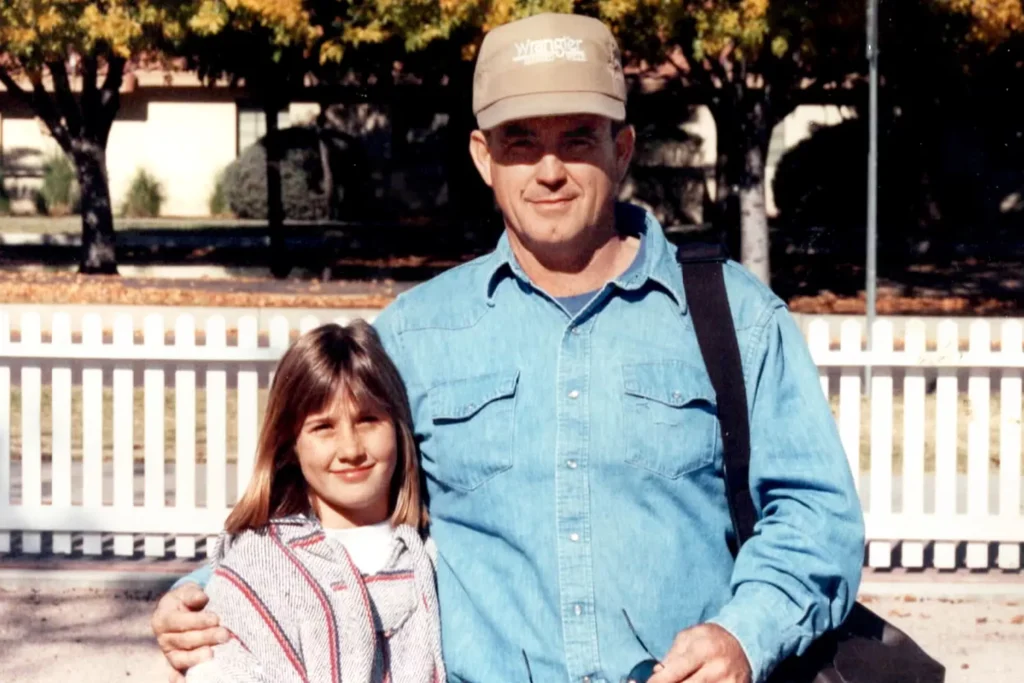
The Father’s Secret
For years, Alissa Turney’s disappearance remained labeled as a runaway case. Her stepfather, Michael Turney, repeatedly told police she’d left voluntarily. He kept flyers on his truck dashboard, spoke about her at stores and gas stations, and even claimed to have traveled to California searching for her. But despite his efforts, he rarely contacted investigators.
In 2006, a Florida inmate confessed to killing Alissa. He was already serving time for another woman’s murder. Detectives soon realized the confession was false the man couldn’t describe Alissa or her disappearance accurately. Still, the renewed attention prompted a closer look at the Turney family.
Alissa’s friends and boyfriend came forward with disturbing allegations. They told investigators Alissa had confided that Michael sexually abused her. One friend said Alissa described waking up bound and gagged, with her stepfather on top of her. Her boyfriend confirmed she once told him Michael had taken her to a remote area and assaulted her.
Michael denied all accusations. But it later emerged that, a year before she disappeared, he had contacted Child Protective Services, warning them that if Alissa ever made abuse claims, “she was lying.”
In 2008, detectives from the Phoenix Police Department’s Missing Persons Unit obtained a search warrant for Michael’s home. What they found went far beyond what they expected.
Officers uncovered dozens of videotapes of Alissa, dating back to the 1980s none recorded on the day she vanished. They found handwritten contracts, supposedly signed by Alissa, declaring that her father had never abused her.
Even more alarming, the search revealed a cache of homemade explosives, high-powered rifles, two silencers, and a van filled with gasoline. Investigators also discovered a 98-page manifesto titled “Diary of a Madman Martyr.” In it, Michael blamed a labor union the International Brotherhood of Electrical Workers, where he once worked for Alissa’s “kidnapping and murder.”
He wrote that he had already killed two assassins sent by the union and planned to attack the union hall during its December 15 meeting, then end his own life. Police arrested him on December 11, 2008, just days before the planned attack.
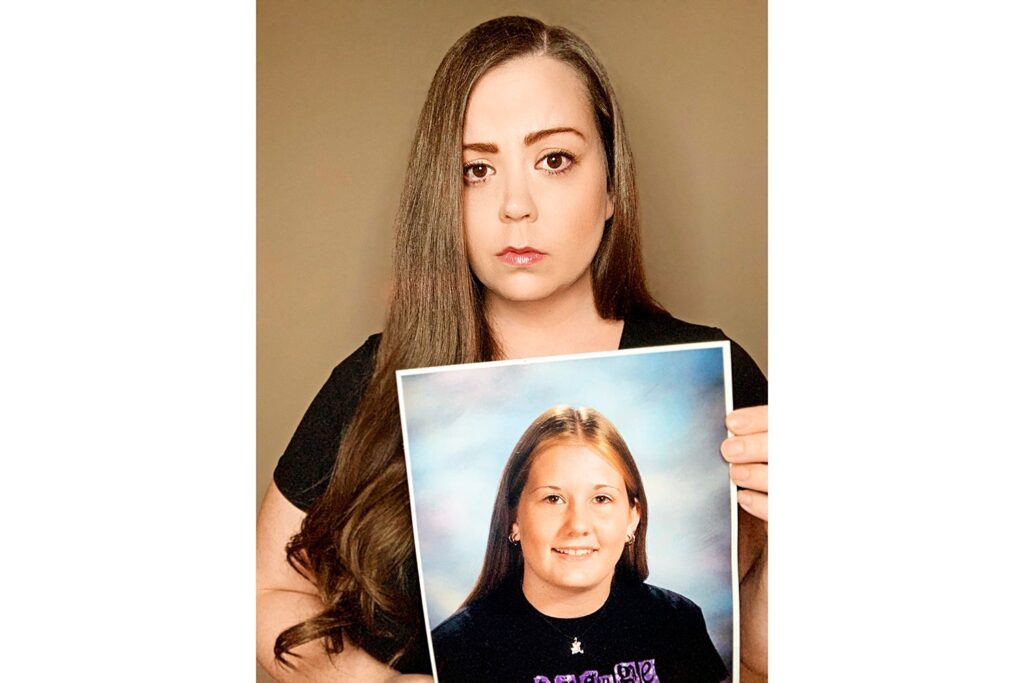
The Sister’s Fight
When Michael Turney went to prison in 2010 for possession of unregistered explosives, his daughter Sarah was in her early twenties. She had spent most of her life believing her father’s version of events that Alissa had run away. But as detectives later told her about the abuse allegations, the hidden tapes, and the manifesto, her view changed completely.
By the time Michael was released in 2017, Sarah was determined to uncover what really happened. She created a blog and Facebook page called Justice for Alissa, then launched a podcast titled Voices for Justice, using family documents and police reports to piece together the story.
Despite her father’s denial, Sarah directly confronted him after his release, asking whether he killed her sister. His responses were evasive, often circular. When she pressed him, he said, “Be there at the deathbed, Sarah, and I’ll give you all the answers.”
In April 2020, Sarah began posting on TikTok, summarizing Alissa’s disappearance in short clips. One post featured Alissa’s voice from a home recording saying, “Dad’s a pervert, Cody. Dad’s a pervert.” The videos went viral drawing millions of views and intense media coverage.
The sudden attention reignited police interest. After nearly two decades of delays, the Maricopa County Attorney’s Office presented new evidence to a grand jury. On August 19, 2020, Michael Turney was indicted on second-degree murder in connection with Alissa’s disappearance.
For Sarah, it was both relief and heartbreak her father was finally charged, but her sister was still missing. The case that once sat untouched in a file box was now front-page news across the country.
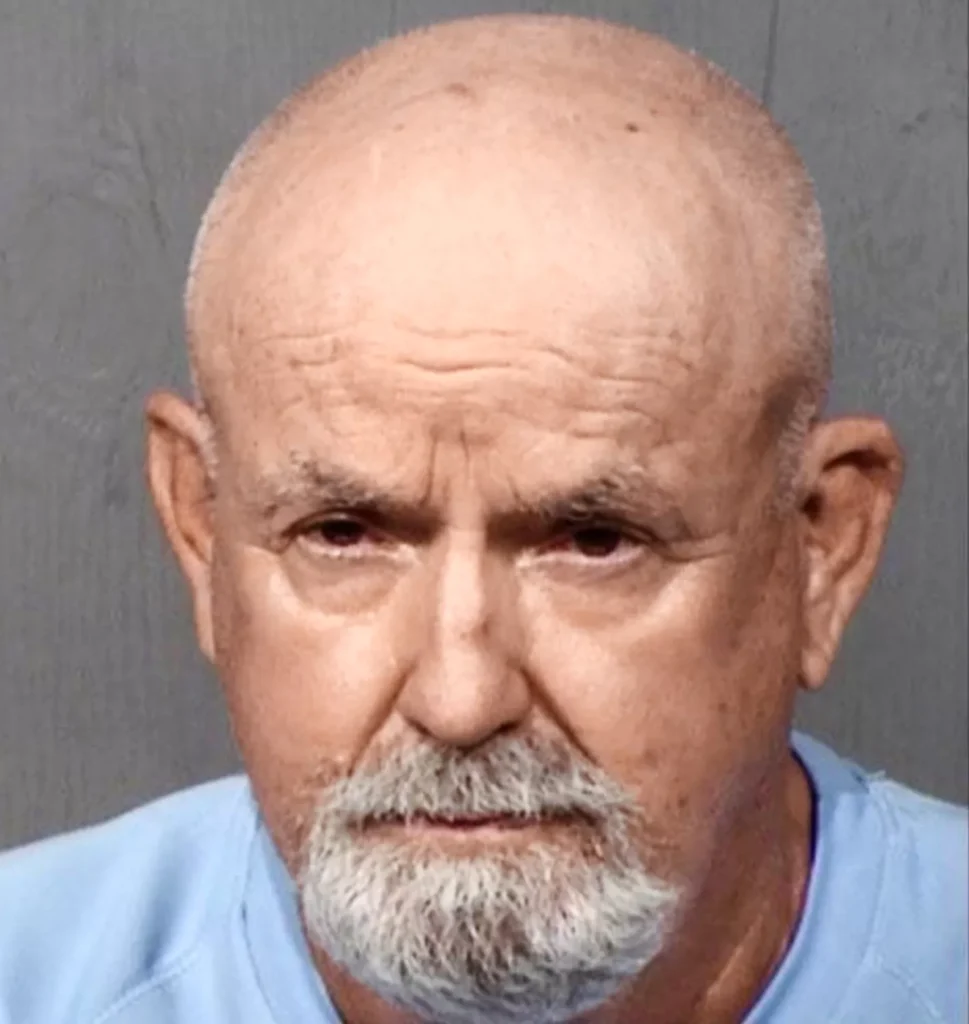
Trial
After years of waiting, Michael Turney’s murder trial began in June 2023 in Maricopa County Superior Court. Prosecutors presented evidence built almost entirely on circumstantial details the strict control Michael exerted, the abuse allegations, and his obsessive documentation of Alissa’s life.
They argued that Michael’s story of Alissa running away didn’t hold up. She had left her phone, makeup, and savings, and there was no trace of her in California or anywhere else. They said he staged the note, killed her, and disposed of her body.
The defense countered that there was no physical evidence, no body, and no eyewitnesses. They emphasized that Alissa’s handwriting was on the note and that investigators had no proof of a homicide.
On July 13, 2023, after prosecutors rested their case, the judge dismissed the charge under Rule 20, finding that the state had failed to present sufficient evidence for a jury to convict. The ruling effectively acquitted Michael Turney.
After more than 20 years of suspicion, he walked free. “No body, no crime scene, no evidence to suggest that a murder took place,” the court concluded.
The case remains open and unsolved. Phoenix Police have said they still treat Alissa’s disappearance as suspicious, and any credible leads will be pursued.
In January 2024, Michael Turney filed a lawsuit against the Phoenix Police Department and Maricopa County officials, seeking more than $300,000 in damages, alleging wrongful imprisonment and violation of his civil rights.
Meanwhile, Sarah Turney continues to fight. In October 2024, the docuseries Family Secrets: The Disappearance of Alissa Turney premiered, featuring new interviews with Sarah and retired investigators. As of 2025, reports indicate that police are testing DNA samples from recently discovered remains in Arizona, though no matches have been confirmed.
Alissa’s body has never been found.

Unanswered Questions
More than two decades after Alissa Turney’s disappearance, the case remains suspended between evidence and absence. No one has been convicted, no remains have been recovered, and every theory ends where physical proof should begin.
One question continues to haunt investigators: why was Alissa’s case labeled a runaway so quickly? Had police conducted a full search in 2001, evidence of foul play might have surfaced. Instead, years passed before anyone revisited the inconsistencies in Michael Turney’s story the missing videotapes, the staged contracts, and the manifesto blaming a labor union.
The case also highlights a broader issue the growing influence of digital advocacy in cold cases. Traditional investigations had stalled, but Sarah Turney’s online campaign forced renewed attention. Her podcast and viral TikToks reached millions, turning a forgotten file into a national conversation and ultimately prompting an indictment.
Yet even with a global spotlight, justice remains incomplete. The court ruled that evidence wasn’t strong enough to convict, leaving Sarah in the same position she began without answers. Michael Turney maintains his innocence. Police continue to investigate, occasionally revisiting sites in Arizona’s desert where remains have surfaced.
For now, Alissa exists only in recordings, photographs, and the memories of those who refuse to let her fade. The note she “left” behind still sits at the center of the mystery whether it was genuine or staged and the truth about what happened on May 17, 2001, remains locked in silence.

